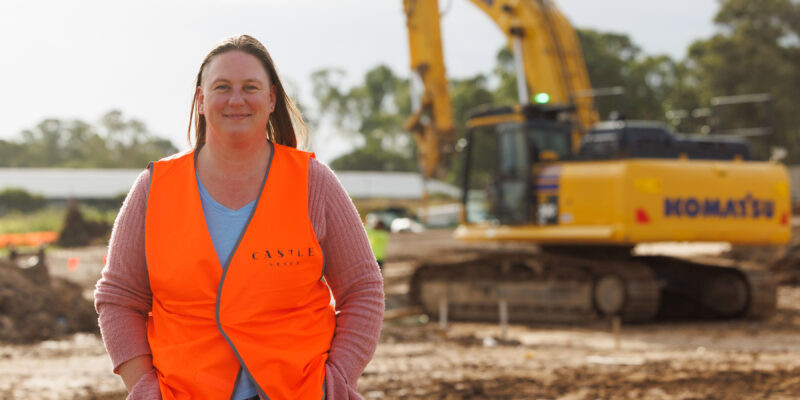Boomers flexing finances as younger Australians still feel pinch
Spending power split between older and younger Australians in spotlight as those all the way up to 40 cut back in the face of cost-of-living pressure.

NEW data from the Commonwealth Bank shows overall spending continues to trail inflation – up by just 1.5 per cent compared to the same time last year.
Young Australians in the 18–29 bracket have cut back on spending by two per cent over the past year, with a notable decline in both essential (-2.3 per cent) and discretionary (-1.9 per cent) spending.
The 30- to 39-year-olds also recorded negative overall spending growth, with a 1.1 per cent drop in essential spending and 1.0 per cent drop in discretionary categories.
But those aged 60- 69 increased spending by 3.9 per cent and over 70s by 7.7 per cent, underscoring the continued generational spending gap.
“Lower petrol prices and government energy relief programs have eased the pressure on essential spending and July’s income tax cuts have increased take home pay for many Australians,” CBA’s Head of Innovation and Analytics Wade Tubman said.
“However there continues to be a discrepancy between the spending power of older and younger Australians.
“In fact, we’ve seen those all the way up to 40 years-old cut back on spending, highlighting the large swathe of the population feeling cost of living pressure.”
The cost-of-living crisis is also having an impact on where Australians are spending, according to the CBA an analysis.
Mr Tubman added: “Cost-conscious Australians continue to make trade-offs in the current environment.
“The fact that spending has increased on food delivery and streaming services suggests consumers are foregoing meals out to treat themselves at home.
“Consumers are also opting for discount purchases online, reflecting an environment of belt-tightening.”
On a state-by-state basis, Western Australia experienced the highest growth in spending at 3.1 per cent, driven by leisure and travel spending, followed by Queensland with 3.9 per cent growth.
In contrast, Victoria reported the lowest spending growth at 0.4 per cent as households continue to exercise spending restraint.
“Western Australia’s strong spending growth, particularly in regional areas, highlights the ongoing confidence of the state’s consumers,” said Mr Tubman.
“Queensland’s discretionary spending growth indicates a more optimistic outlook among consumers, who were also likely buoyed by the state government’s energy concessions and discounted public transport initiatives.
“Spending by Victorians on the other hand reflects a cautious consumer prioritising must-have essentials over discretionary items.”




